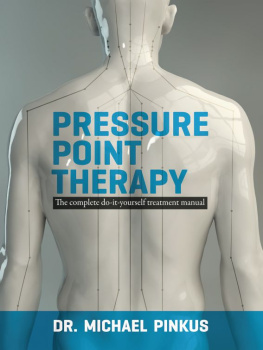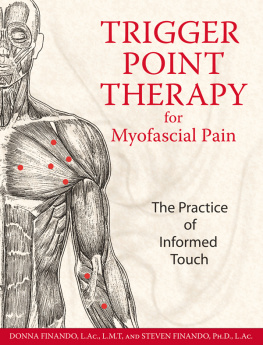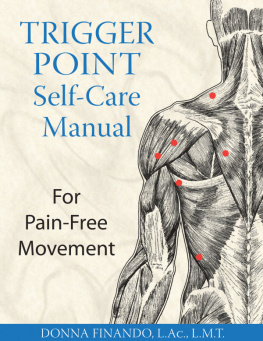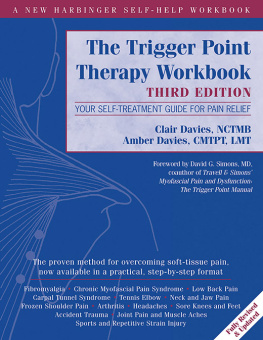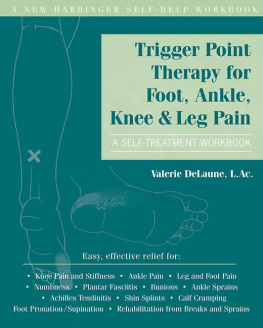
Copyright 2020 by Rockridge Press, Emeryville, California
No part of this publication may be reproduced, stored in a retrieval system, or transmitted in any form or by any means, electronic, mechanical, photocopying, recording, scanning, or otherwise, except as permitted under Sections 107 or 108 of the 1976 United States Copyright Act, without the prior written permission of the Publisher. Requests to the Publisher for permission should be addressed to the Permissions Department, Rockridge Press, 6005 Shellmound Street, Suite 175, Emeryville, CA 94608.
Limit of Liability/Disclaimer of Warranty: The Publisher and the author make no representations or warranties with respect to the accuracy or completeness of the contents of this work and specifically disclaim all warranties, including without limitation warranties of fitness for a particular purpose. No warranty may be created or extended by sales or promotional materials. The advice and strategies contained herein may not be suitable for every situation. This work is sold with the understanding that the Publisher is not engaged in rendering medical, legal, or other professional advice or services. If professional assistance is required, the services of a competent professional person should be sought. Neither the Publisher nor the author shall be liable for damages arising herefrom. The fact that an individual, organization, or website is referred to in this work as a citation and/or potential source of further information does not mean that the author or the Publisher endorses the information the individual, organization, or website may provide or recommendations they/it may make. Further, readers should be aware that websites listed in this work may have changed or disappeared between when this work was written and when it is read.
For general information on our other products and services or to obtain technical support, please contact our Customer Care Department within the United States at (866) 744-2665, or outside the United States at (510) 253-0500.
Rockridge Press publishes its books in a variety of electronic and print formats. Some content that appears in print may not be available in electronic books, and vice versa.
TRADEMARKS: Rockridge Press and the Rockridge Press logo are trademarks or registered trademarks of Callisto Media Inc. and/or its affiliates, in the United States and other countries, and may not be used without written permission. All other trademarks are the property of their respective owners. Rockridge Press is not associated with any product or vendor mentioned in this book.
Interior and Designer: Erik Jacobsen
Art Producer: Sara Feinstein
Editor: Lauren ONeal
Illustrations by Charlie Layton
ISBN: 978-1-64611-562-4 | eBook: 978-1-64611-563-1
R0
To my beloved bride, Carol. She has been my constant companion and helpmeet over the course of the last 35 years. She has given me comfort, a kick in the pants, or just jumped in to help in a multitude of projectsand made sure I was well loved.
Contents
Its 3:00 a.m., and Sally is tossing and turning. Her back pain is so severe that she cant sleep. There is no doctor or therapist awake to help her, and medication doesnt seem to make much difference. She lies in bed, suffering, as the peacefully sleeping figure beside her snores loudly. What is Sally to do?
Perhaps youve felt like Sally. Nothing is so irritating as the loneliness of pain with no hope of help. The purpose of this book is to give you that hope as well as teach you the skills and techniques you need to get relief from your pain. And there is so much you can do!
For some of you, this may be the first step on your journey toward pain relief. Others have been chipping away at this goal for some time. Wherever you are on this road, you will find material in this book to speed you on your way. Youll find foundational material along with new ideas, all of which are designed to give you important tools for this task.
My journey began when I was hit by a car while riding my bike. Years of pain ensued, followed by years of learning what helped and why. There were a lot of twists and turns that I made on my journey to relief. Ive been drugged, injected, and poked by some of the best. Along the way, I became a myofascial trigger point therapist, an educator in the field, and an author. Ive taught health care professionals across many disciplines and have appeared in print as well as TV and radio. Simply stated: Ive probably felt your pain. Ive also probably successfully treated it.
Many people seek out professional help in order to deal with their pain. Sometimes, seeing a few different types of professionals is part of the journey (especially when it comes to making sure that your pain is not actually being caused by a serious ailment). But its also true that theres just no substitute for jumping into your own health care treatment. Its your participation that yields the greatest success. Ive been there, and in this book, Ill show you what has worked for me and for many others who have followed the methods Ive outlined. This book focuses on what is practicalmethods that actually work. You can face your pain, understand it, and deal with it. Now you have a fighting chance. Go for it!
THE FIRST PART OF THIS BOOK IS CALLED What to Know because it will help you understand where your pain comes from and what you can do about it. It will lay the foundation that you need in order to understand and apply the methods detailed in ).
What are trigger points? How do you get them? And how can something so small cause so much pain? This chapter will give you essential information about trigger points and trigger point therapy so you can learn about the source of your pain and how the techniques in this book can make a huge difference.
Trigger Points: The Basics
At its most basic, a trigger point is just a tender spot or knot in a muscle. Thats it! Now you know as much as a lot of people. But in order to use the techniques featured in this book, youll need to know a little more than that. So lets take a closer look at how trigger points develop and how they cause pain.
What Are Trigger Points?
To get a little more technical, a trigger point is thought to be an area where the parts of the muscle that contract have shortened. Our muscle fibers shorten and lengthen all the time as we move around, but they shouldnt stay shortened permanently. With trigger points, the shortening seems to happen right below the nerve that supplies the muscle with the signal to shorten. Its not shortened anywhere elsein fact, on either side of the knot, the fibers of the muscle are actually stretched because of the severe shortening in the middle.
This makes finding those spots easy for professionals like me. I rub my fingers over the muscle fiber or squeeze it between my fingers, looking for the tautness of the band of stretched, shortened muscle. Then I move my fingers along the band, and wham! A knot, or nodule, is waiting for me to press it!
Those nodules cause myofascial pain, which is pain related to the muscles or fasciae (the connective tissue that covers the muscles). For a long time, science didnt understand precisely why trigger points are so tender. We finally got a better idea in 2008, when Jay Shah, a doctor at the National Institutes of Health, performed a microdialysis of the inside of a trigger pointthat is to say, he analyzed fluid taken from the center of several trigger points. There he found a number of chemicals that are known to be involved in inflammation, which helps to explain why the spot is so tender.



